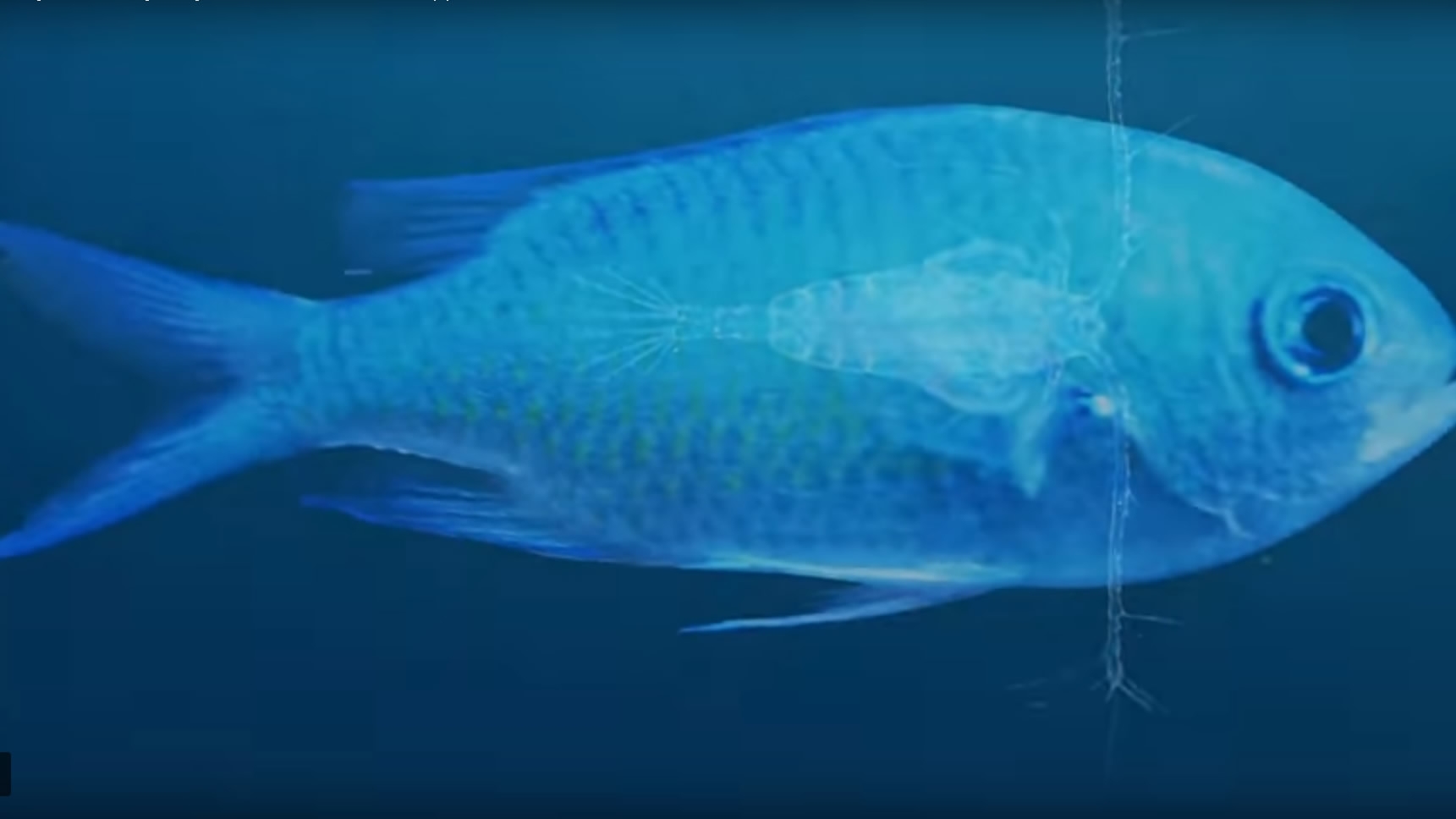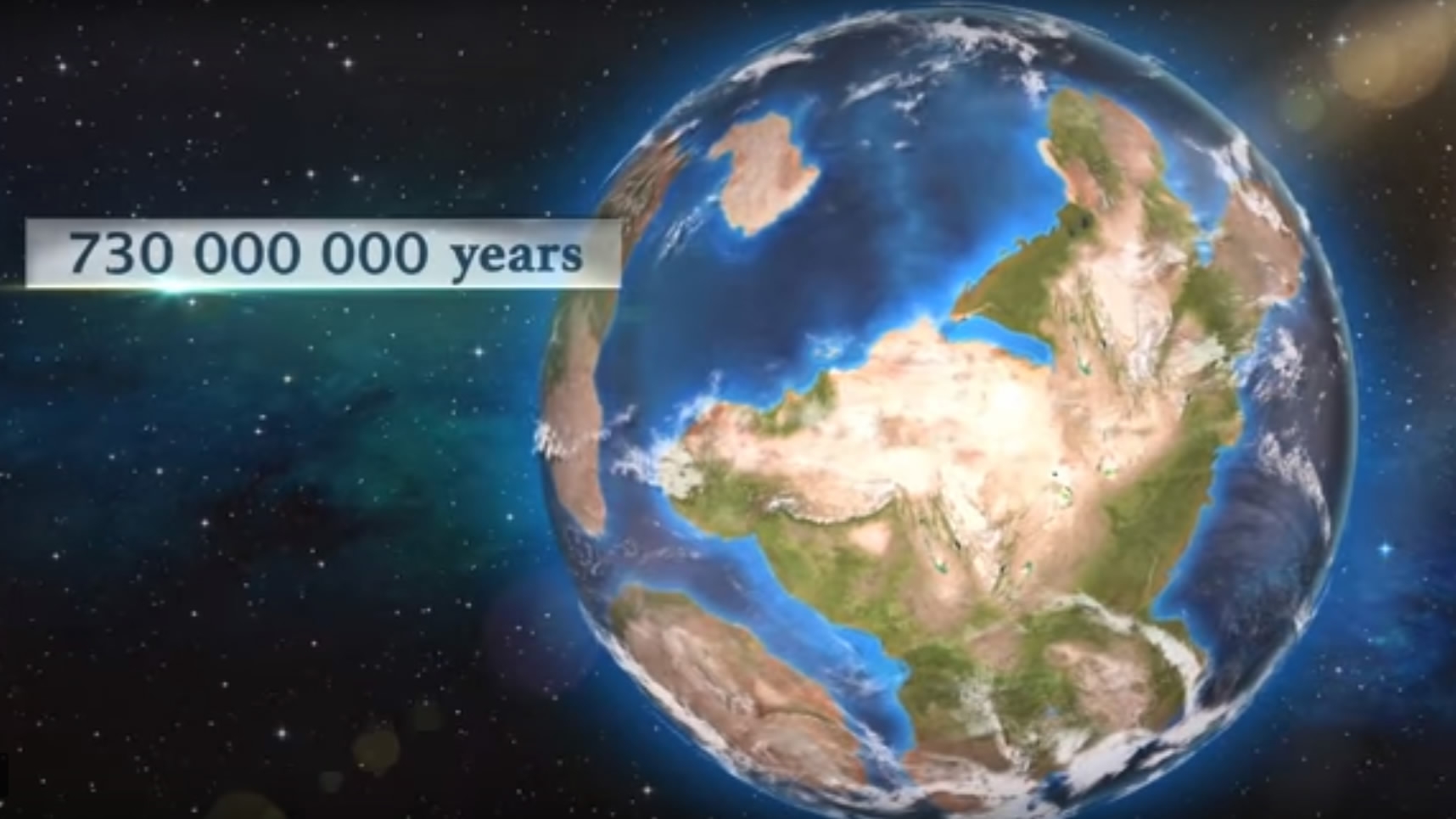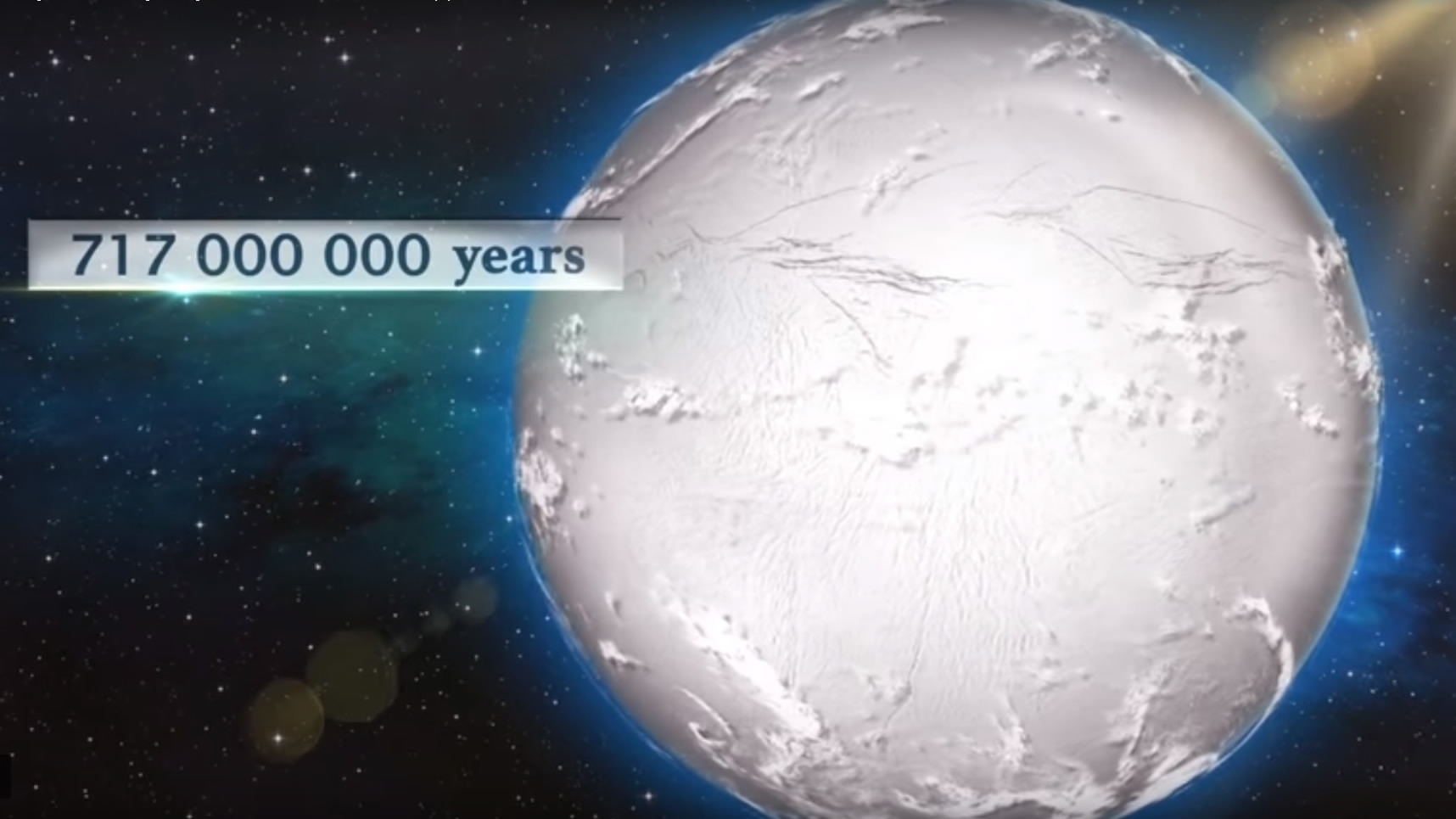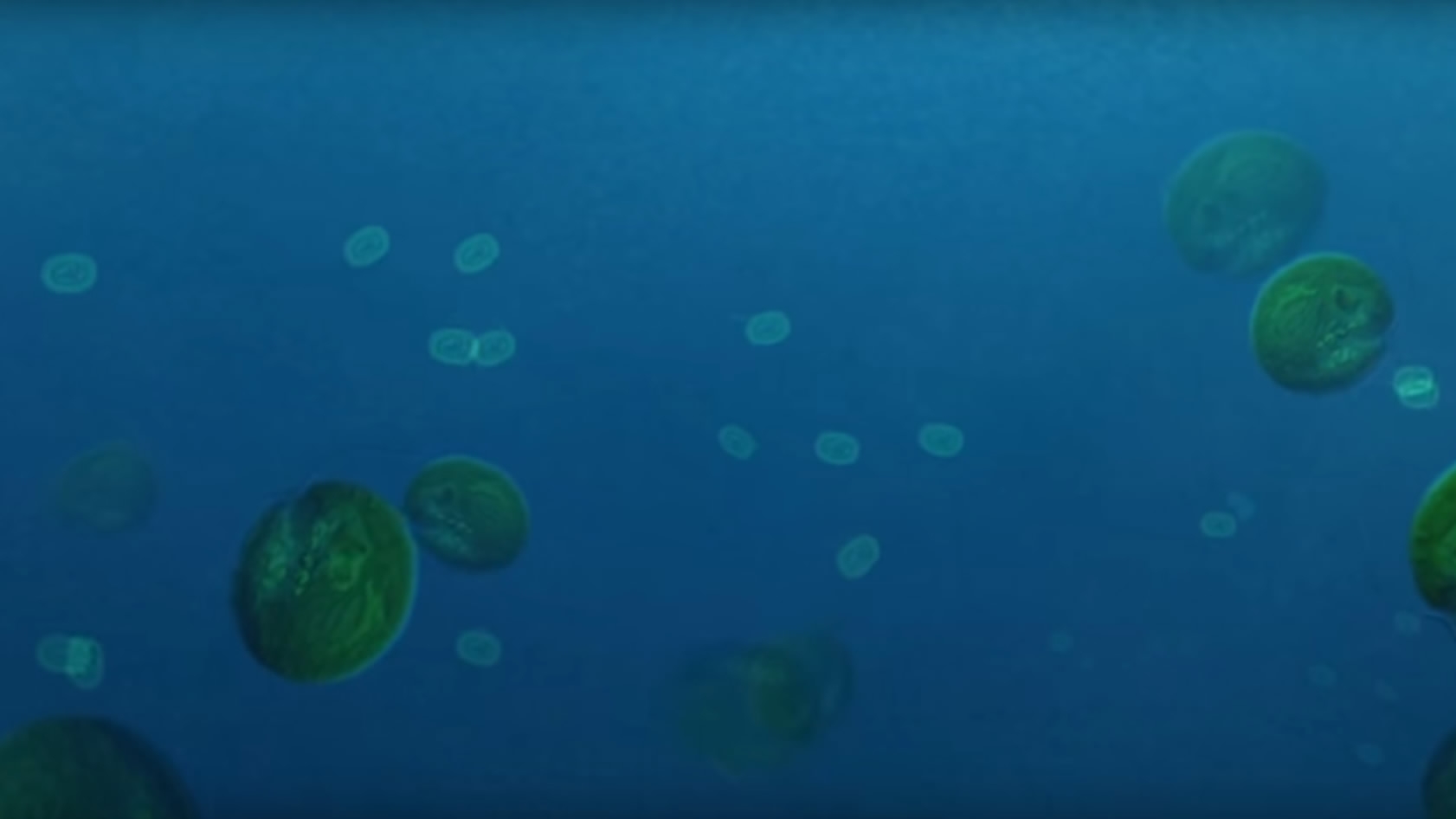
Tech & Sci
10:03, 18-Aug-2017
Australian researchers discover how first animals appeared on earth

A sudden explosion of algae which occurred 650 million years ago was the catalyst for how the first animals appeared on earth, according to the results of a study led by Australian researchers.
In a statement released on Thursday, Associate Professor Jochen Brocks from the Australian National University (ANU) said his team "crushed" ancient sedimentary rocks into a fine powder in order to closely analyze their contents.

Illustration of earth 730 million years ago /ANU Photo
Illustration of earth 730 million years ago /ANU Photo

Earth was once covered almost entirely by ice, roughly about 717 millions years ago and the massive glaciers are believed to have played a key role in the emergence of complex life. /ANU Photo
Earth was once covered almost entirely by ice, roughly about 717 millions years ago and the massive glaciers are believed to have played a key role in the emergence of complex life. /ANU Photo
Brocks said the researchers were able to backdate traces of organisms as far back as 650 million years ago.
"We crushed these rocks to powder and extracted molecules of ancient organisms from them," Brocks said.
"These molecules tell us that it really became interesting 650 million years ago. It was a revolution of ecosystems, it was the rise of algae."

Newly temperate climate around 650 million years ago created the perfect conditions for the first complex life – algae – that are the ancestors of us all. /ANU Photo
Newly temperate climate around 650 million years ago created the perfect conditions for the first complex life – algae – that are the ancestors of us all. /ANU Photo
He said the timeline shows that the algal bloom formed after a 50 million year-long ice age; glaciers and ice formations "ground entire mountain ranges to powder" in a development which released nutrients into oceans.
9022km
Source(s): Global Times

SITEMAP
Copyright © 2018 CGTN. Beijing ICP prepared NO.16065310-3
Copyright © 2018 CGTN. Beijing ICP prepared NO.16065310-3